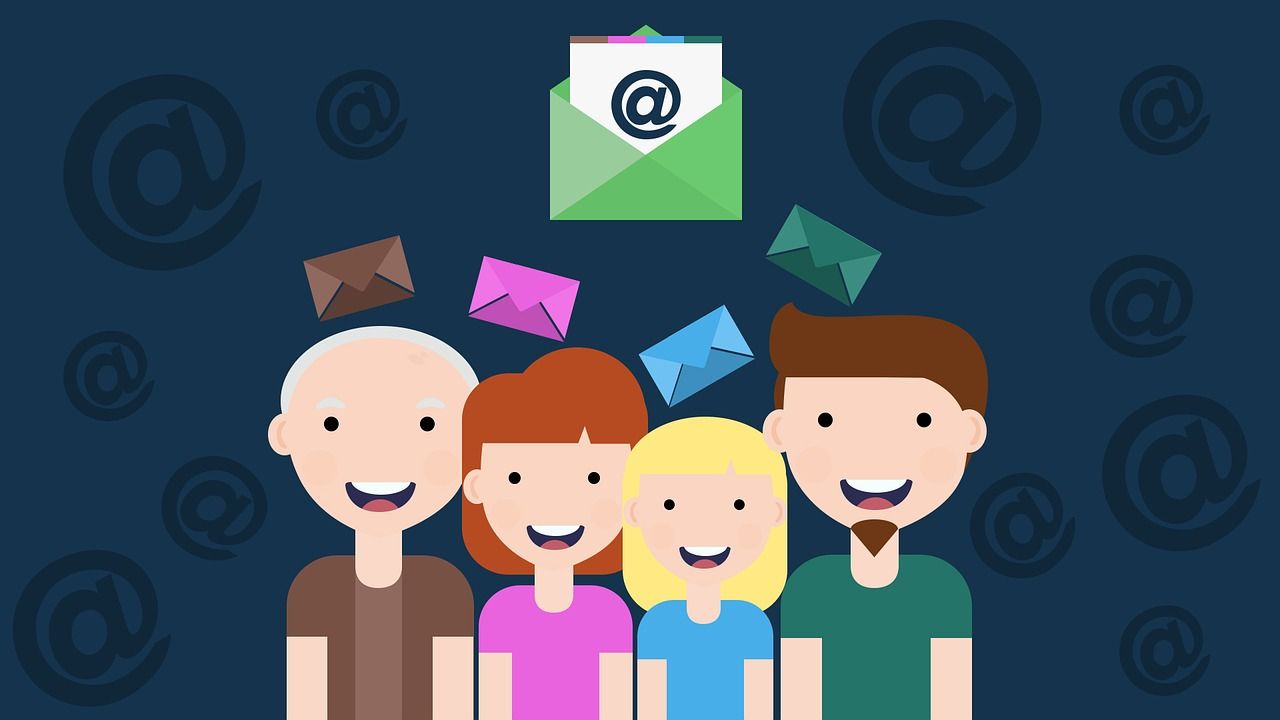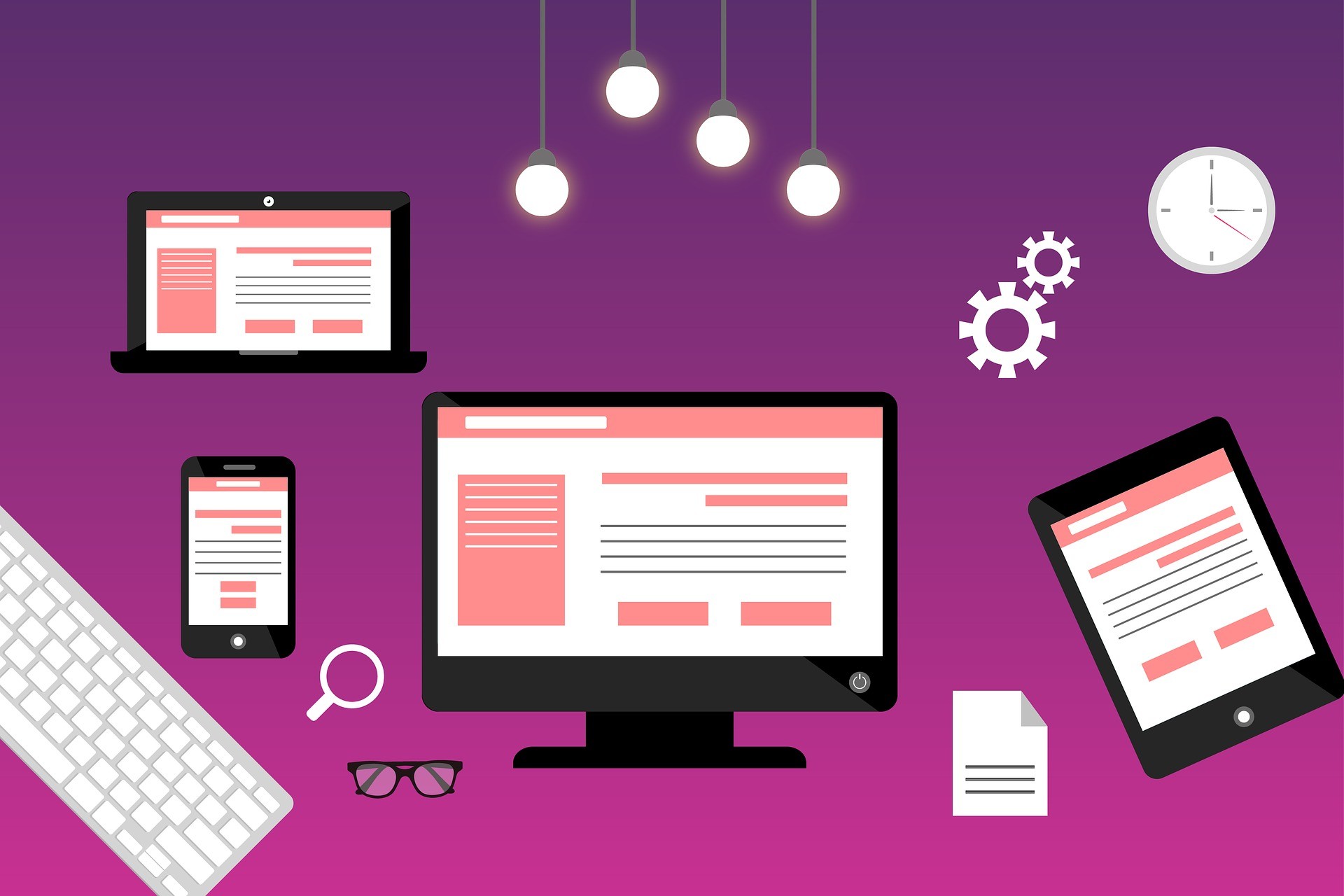Email marketing is a powerful tool for small businesses to connect with their customers, build brand loyalty, and increase sales. With email marketing, you can reach your audience directly, deliver personalized content, and track your results in real-time.
Building an Email List
One of the most important aspects of email marketing is having a solid email list. Without a list of subscribers, your email campaigns won't reach anyone. Below are some ways to build your email list:
- Website Sign-Ups: Add a sign-up form to your website where visitors can input their email address to receive updates, newsletters, and promotions.
- Lead Magnets: Offer a free resource, such as an e-book, webinar, or discount code, in exchange for a visitor's email address.
- Social Media: Promote your email list on your social media profiles and encourage your followers to sign up. You can also run social media ads targeting your ideal audience to drive sign-ups.
- Networking: Attend industry events or webinars and collect email addresses from attendees who are interested in learning more about your business.
By consistently building your email list, you can continue to grow your subscriber base and increase the reach of your email campaigns.
Creating Compelling Email Content
Email marketing content is a key component of any successful email campaign. Tips for creating compelling email content:
- Write a compelling subject line: The subject line is the first thing your subscribers see, so it needs to grab their attention. It should be short, catchy, and relevant to the content of the email.
- Personalize your emails: Personalization can help increase open rates and engagement. Use your subscriber's name and other relevant information to create a more personalized experience.
- Keep your content concise: Most people skim through emails, so it's important to keep your content concise and to the point. Use short paragraphs, bullet points, and images to break up the text and make it easier to read.
- Make your emails visually appealing: Use images and design elements to make your emails more visually appealing. But be careful not to overdo it – too many images can slow down load times and make your email look cluttered.
- Include a clear call-to-action (CTA): Your email should have a clear and compelling CTA that tells subscribers what action you want them to take. Use action-oriented language and make it easy for subscribers to take the desired action.
Examples of different types of email content:
- Newsletters: A regular newsletter can help keep your subscribers engaged and informed about your business. It can include updates, news, and other relevant information.
- Promotional emails: These emails are designed to promote a specific product or service. They can include discounts, promotions, and other incentives to encourage subscribers to make a purchase.
- Automated emails: Automated emails are triggered by specific actions or events, such as a subscriber joining your email list or making a purchase. They can include welcome emails, confirmation emails, and abandoned cart emails, among others.
Personalization and Targeting
People expect a personalized experience, and email marketing is no exception. Personalization and targeting are essential to effective email marketing for small businesses. Personalization refers to tailoring your email content to individual subscribers, while targeting involves sending the right message to the right person at the right time.
Personalized emails have been found to have higher open and click-through rates than generic emails. To personalize your emails, you can use subscribers’ names, purchase history, location, and other data to tailor your content to their interests and needs.
Segmentation is a key aspect of targeting. By segmenting your email list, you can group subscribers based on specific criteria, such as location, interests, or behavior, and send targeted emails to each segment. For example, you can send a promotional email to subscribers who have recently made a purchase, or a newsletter to subscribers who have shown interest in a particular topic.
Segmentation and personalization go hand in hand. By combining both strategies, you can create highly targeted and personalized email campaigns that are more likely to convert subscribers into customers. Keep in mind that personalization and targeting require more effort and resources, but the results are worth it.
Email automation is a powerful tool that can save small businesses time and effort while also increasing engagement and sales. With automated email campaigns, businesses can send targeted, relevant messages to their subscribers at the right time. Below are some examples of automated email campaigns and tips for setting them up:
- Welcome emails: When someone signs up for your email list, a welcome email is a great way to introduce them to your brand and start building a relationship. Personalize the message and offer them a special deal or incentive to make their first purchase.
- Abandoned cart emails: When someone adds items to their cart but doesn't complete the purchase, an abandoned cart email can help bring them back. Remind them of what they left behind and offer an incentive to complete the purchase.
- Re-engagement emails: If a subscriber hasn't engaged with your emails in a while, a re-engagement campaign can help bring them back into the fold. Offer a special deal or ask them to update their preferences to receive more relevant content.
When setting up automated email campaigns, it's important to segment your email list based on factors like location, purchase history, and interests. This allows you to personalize your messages and make them more relevant to each subscriber. Use a reputable email marketing platform that offers automation tools and analytics to track the success of your campaigns.
Analyzing and Improving Email Performance
After setting up your email marketing campaigns, it is essential to analyze and optimize their performance. This helps you understand what works and what doesn't, enabling you to improve your campaigns and achieve better results. Here are some tips for analyzing and improving email performance:
- Track Key Metrics: There are several key metrics you should track to measure the success of your email marketing campaigns, including open rates, click-through rates (CTR), conversion rates, and revenue generated. These metrics will help you understand how your campaigns are performing and identify areas for improvement.
- A/B Testing: One way to improve your email campaigns is by conducting A/B testing. This involves creating two versions of an email, changing one element such as the subject line or the call-to-action button, and sending both versions to a small segment of your list. Based on the results, you can determine which version performed better and use that in your main campaign.
- List Segmentation: Segmenting your email list based on user behavior, demographics, or interests can help you deliver more relevant and personalized content to your subscribers. This can result in higher engagement and conversion rates.
- Use Engaging Content: Creating engaging content that resonates with your target audience is key to improving email performance. Use attention-grabbing subject lines, high-quality visuals, and clear calls-to-action (CTAs) to encourage subscribers to engage with your emails.
- Optimize for Mobile: With more and more people accessing their emails on mobile devices, it's crucial to optimize your emails for mobile viewing. Use a responsive email design that adapts to different screen sizes, keep your subject lines and content concise, and use larger fonts and CTAs that are easy to click.
By tracking your email campaigns' performance and implementing the tips mentioned above, you can continually improve your email marketing and achieve better results.
Integrating Email Marketing with Other Marketing Channels
Email marketing can be an effective standalone marketing channel, but integrating it with other channels can help amplify its impact. Cross-promoting your email content on other channels can help increase your email list and reach a wider audience.
- Social media: Use your social media channels to promote your email content and encourage followers to sign up for your email list. You can also use social media to share snippets of your email content to generate interest and drive traffic to your website.
- Content marketing: Include links to your email sign-up form within your blog posts or other content. You can also use your email list to promote your latest content and drive traffic back to your website.
- Events: Use events, such as webinars or in-person events, to promote your email list and encourage sign-ups. You can also use your email list to promote your upcoming events and drive attendance.
Best Practices for Email Marketing
Email marketing is a powerful tool for small businesses, but it's important to use it ethically and effectively. Here are some best practices to keep in mind:
- Avoid spam filters: To avoid having your emails marked as spam, make sure to use a reputable email service provider and avoid using spam trigger words in your subject lines and body copy.
- Comply with regulations: Be aware of email marketing regulations like the CAN-SPAM Act in the US, which requires businesses to include an unsubscribe link and accurate sender information in their emails.
- Respect subscribers' privacy: Only send emails to people who have opted in to your email list, and give them the option to unsubscribe at any time. Make sure to protect their personal information and never share or sell it.
- Test and optimize: Continuously test and optimize your email campaigns to improve performance. Use A/B testing to compare different subject lines, content, and calls-to-action, and track key metrics like open rates, click-through rates, and conversion rates.
Email marketing can be a powerful tool for small businesses to connect with their customers and grow their business.
Don't hesitate to get started with email marketing. It's a cost-effective way to reach your target audience and drive sales for your business. With the tips and strategies outlined above, you'll be well on your way to harnessing the power of email marketing for your small business.




